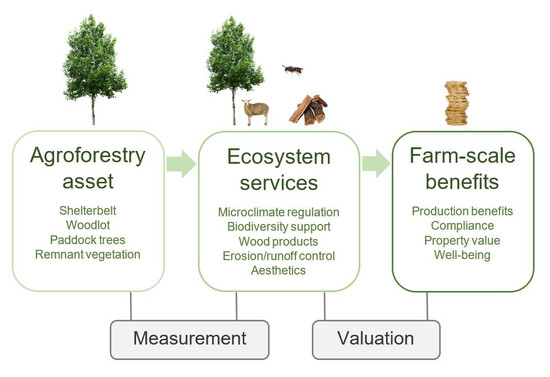20 Jul Ecosystem services accounting: Part I – Outdoor recreation and crop pollination
The work presented in this report highlights the importance of the spatial relationship between ecosystem service potential and demand. The changes in the use of the service cannot be explained solely by changes in the potential and demand, but also by their spatial relationship. When...











